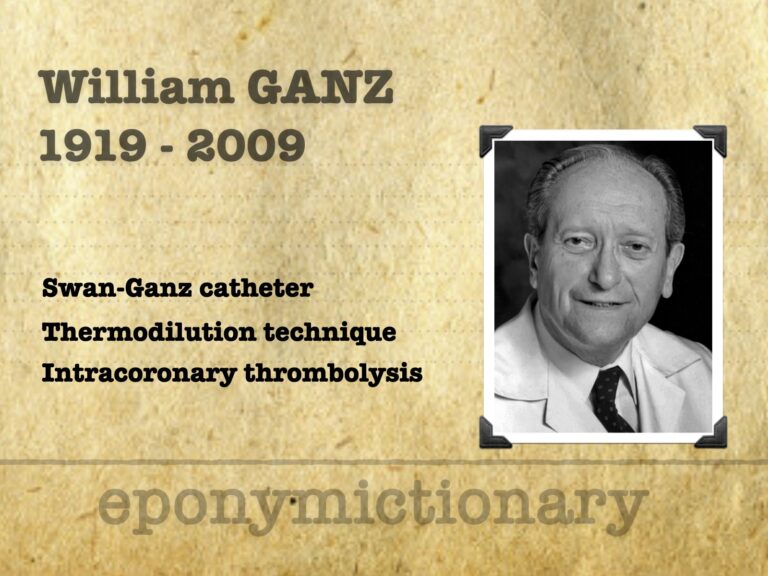
William Ganz
William Ganz (1919–2009), Slovakian-born cardiologist, co-invented the Swan-Ganz catheter and pioneered thermodilution in cardiovascular research

William Ganz (1919–2009), Slovakian-born cardiologist, co-invented the Swan-Ganz catheter and pioneered thermodilution in cardiovascular research
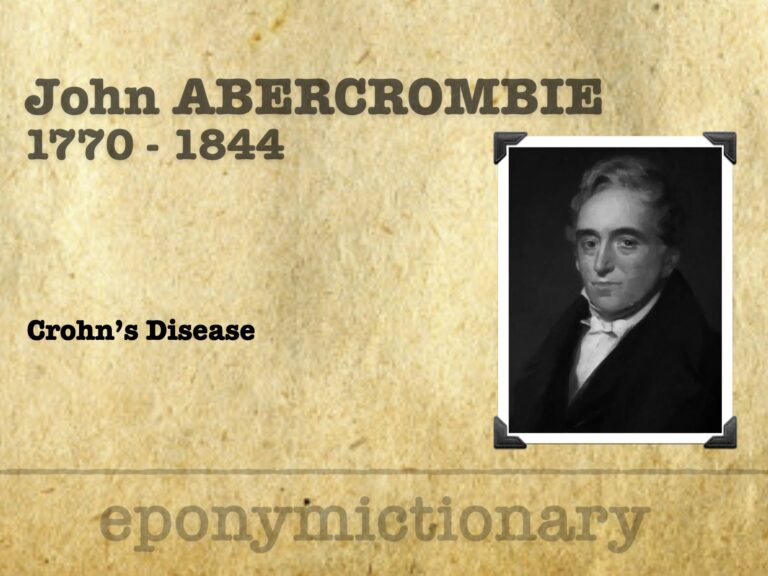
John Abercrombie (1780–1844), Scottish physician, pioneered neuropathology and GI research, and described early cases resembling Crohn’s disease in 1828
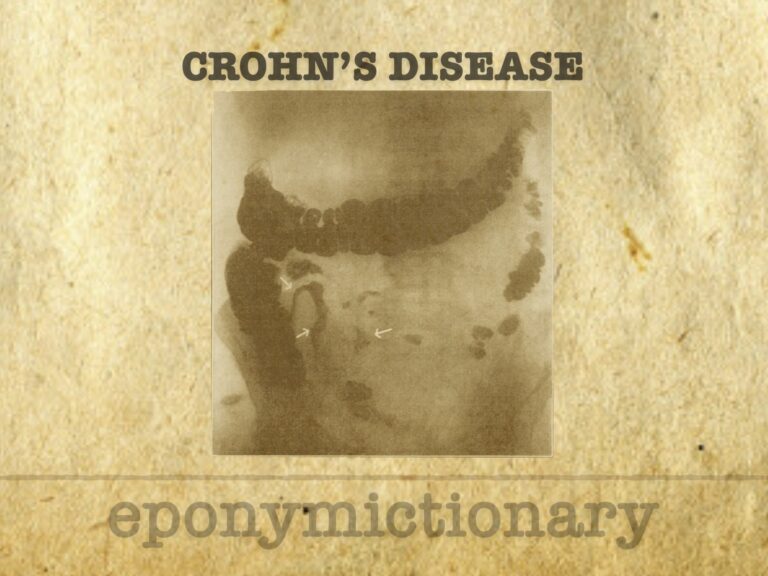
Chronic inflammatory bowel disease affecting the GI tract, Crohn’s disease was first defined in 1932 but described decades earlier by Dalziel and others
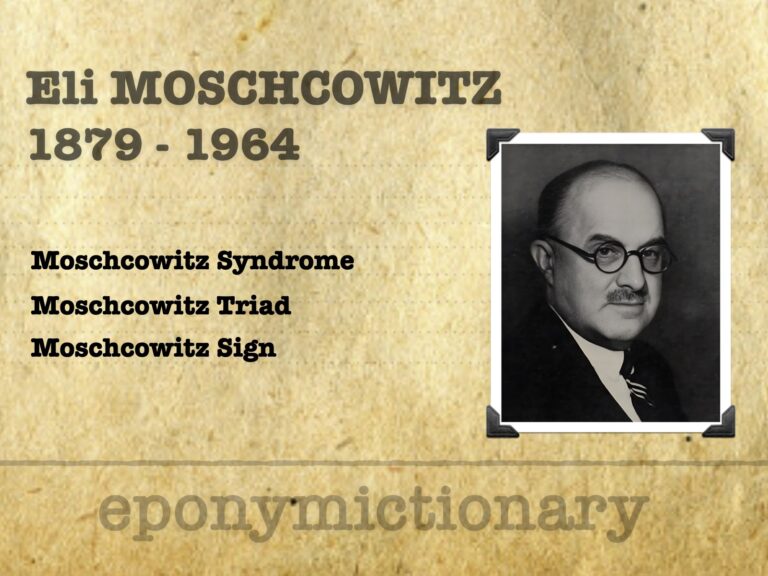
Eli Moschcowitz (1879–1964), pathologist who first described TTP and pioneered early psychosomatic medicine, influencing the biopsychosocial model.

EGPA (Churg–Strauss syndrome): rare ANCA-associated vasculitis with asthma, eosinophilia, and systemic granulomatous inflammation of small vessels
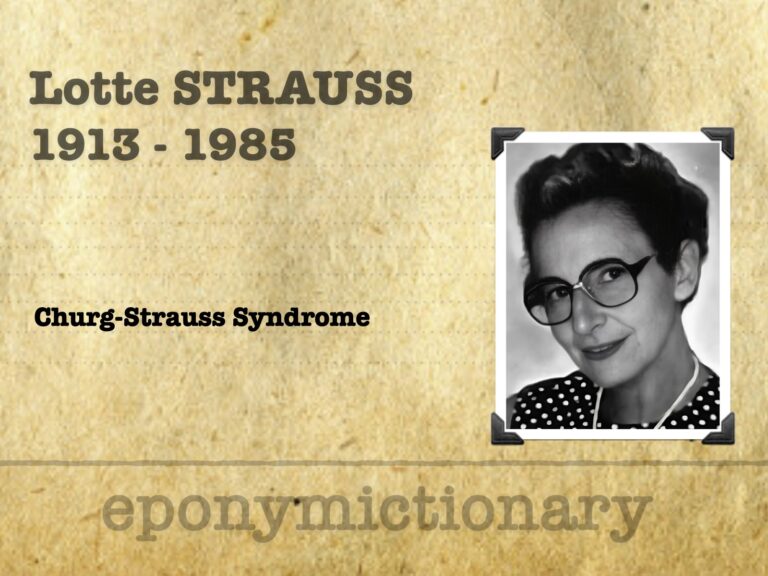
Lotte Strauss (1913–1985), pioneer in paediatric and perinatal pathology, co-described Churg–Strauss syndrome and helped found the Society for Pediatric Pathology
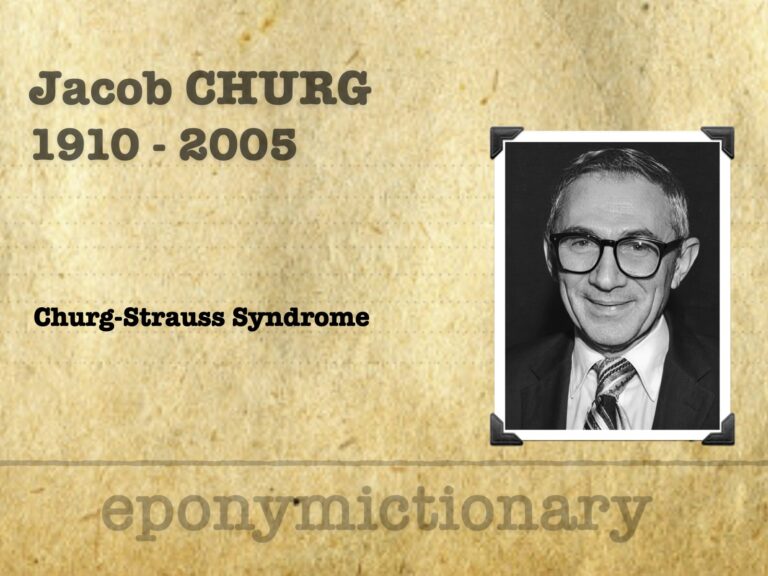
Jacob Churg (1910–2005), pioneering pathologist, co-described Churg–Strauss syndrome and transformed renal pathology through biopsy-based diagnostics
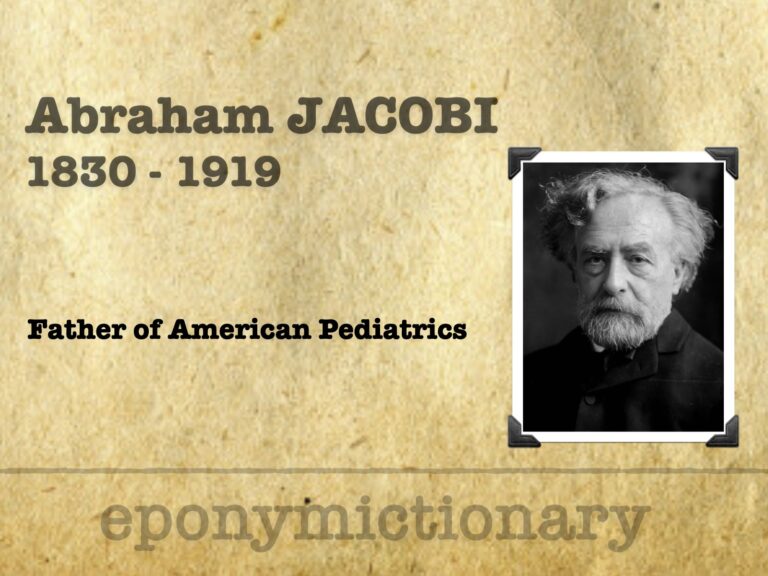
German-born American pediatrician Abraham Jacobi (1830–1919) founded U.S. pediatrics, led reform in child health, and shaped medical education and policy.
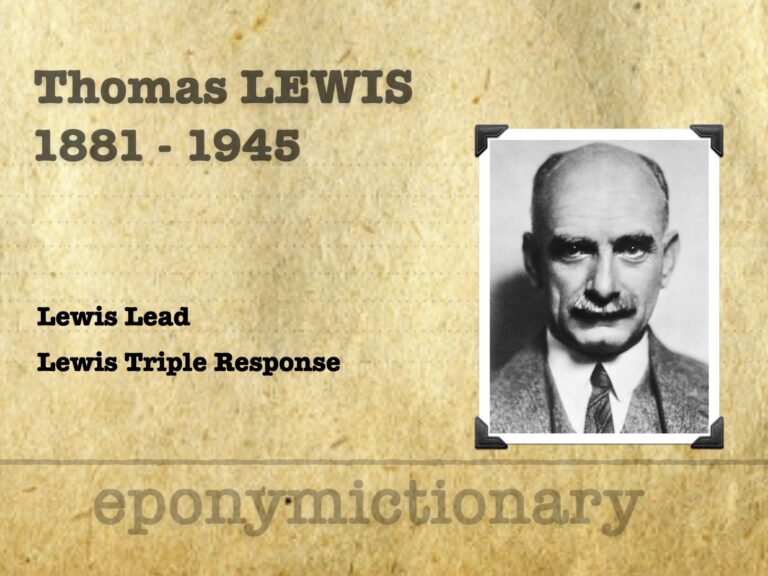
Pioneer of clinical cardiac electrophysiology, Sir Thomas Lewis (1881–1945) advanced ECG use, defined effort syndrome, and discovered the Lewis Triple Response.
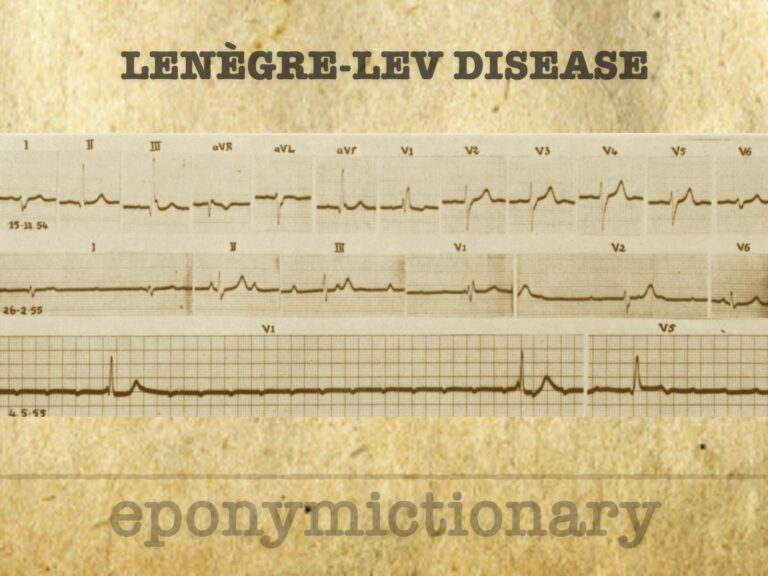
Acquired fibrous degeneration of the left and right bundle branches, eventually manifesting as permanent complete atrioventricular (AV) dissociation with cardiac pauses and Adams-Stokes attacks
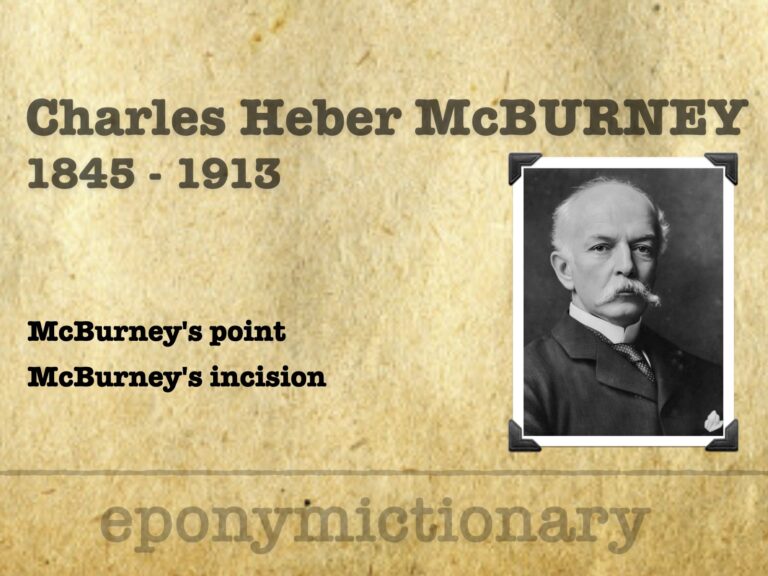
Charles Heber McBurney (1845 – 1913) was an American surgeon. Most famous for McBurney's point (1889) and McBurney's incision (1894) Medical Eponym.
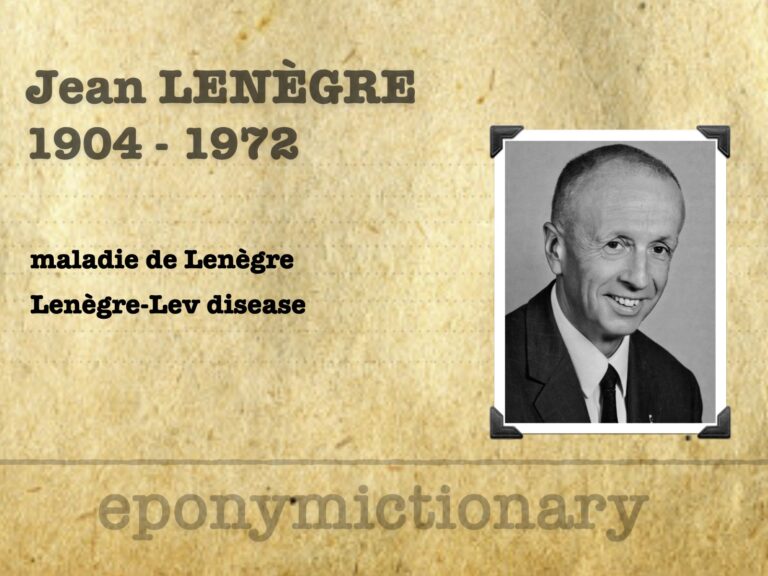
Jean Lenègre (1904–1972), French cardiologist, defined Lenègre’s disease and pioneered cardiac electrophysiology, catheterization, and bundle branch pathology